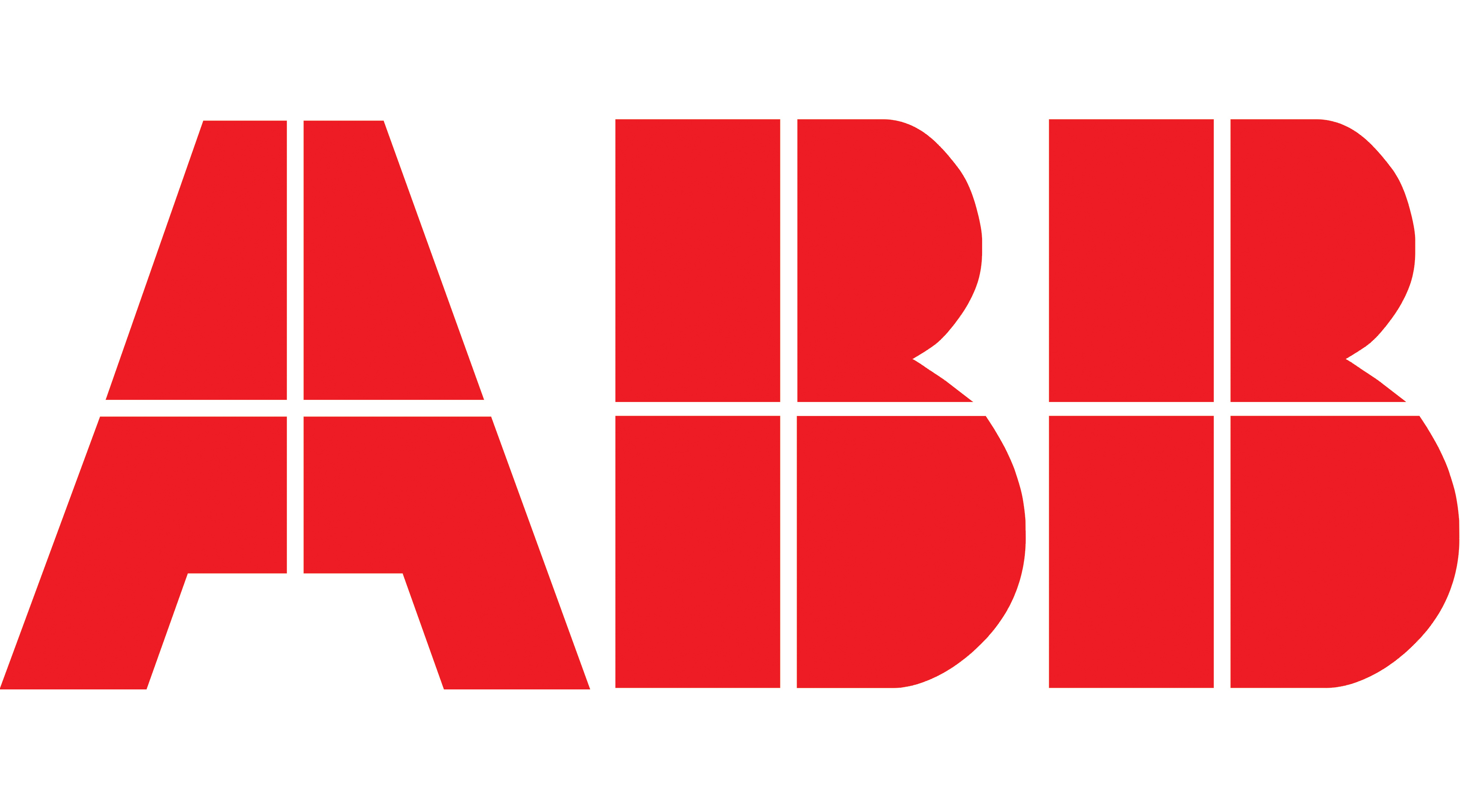Title Page
-
Conducted on
-
Prepared by
-
Position
-
Contract
-
Location
Lift Planning and Preparation:
-
1. Does each crane have a service record, current test certificate and pre-use safety checklist?
-
2. Has all lifting equipment been tagged and tested with pre-use inspections completed effectively?
-
3. Where lift exceeds 75% of the cranes capacity, has a lift study been completed?
-
4. Have ground and weather conditions been controlled effectively?
-
5. Is the work area adequately barricaded with exclusion zones to control interactions with other workgroups and plant / equipment?
People and Training:
-
6. Are all employees involved in the lift suitably qualified and assessed as competent?
Lifting operations:
-
7. Are crane operators situated to ensure crane controls are not unattended while a load is suspended?
-
8. Is a load chart, gauge or indicator available to operator?
-
9. Are mandatory safety latches fitted to lifting hooks?
-
10. Do all lifting components bear the Safe Working Load (SWL)?
-
11. Are tools available and used to distance personnel from the load e.g. tag lines / push & pull bars etc.?
-
12. Have loads containing sharp edges been adequately packed to prevent sling damage?
-
13. Are appropriate methods of communication implemented effectively between the crane operator and those assisting with the lift?
-
14. Are additional spotters in place where overhead obstructions or restricted visibility limits the view of personnel controlling lifts?
-
15. Where personnel are suspended via the crane:<br>a. Is the lift box correctly tagged (SWL, design registration no)?<br>b. Are personnel wearing a full body harness?
Human Factors and Behaviours:
-
16. Are safe behaviours being demonstrated, i.e. not complacent/distracted/rushing?
Emergency response:
-
17. Has a documented rescue and emergency plan been developed and understood by all workers?










